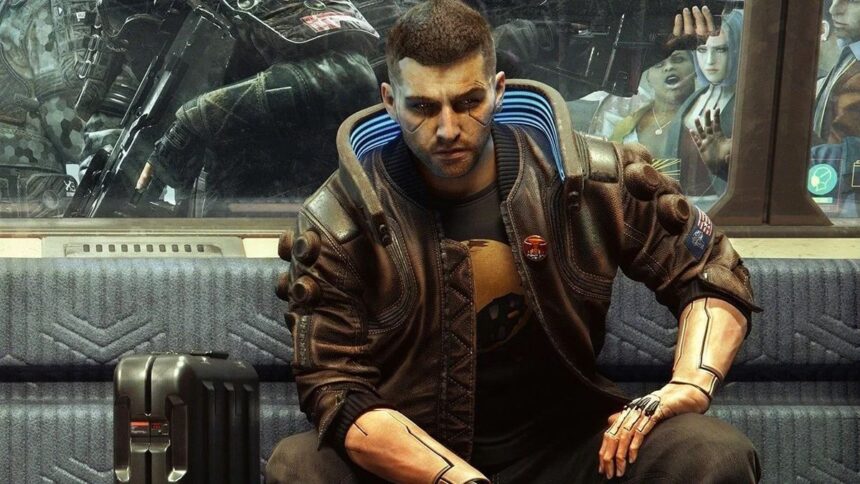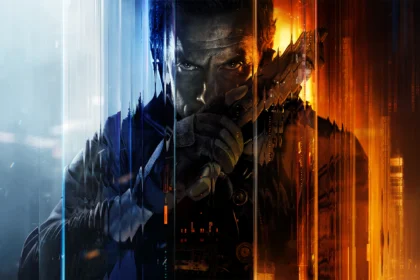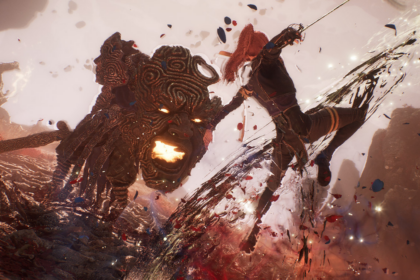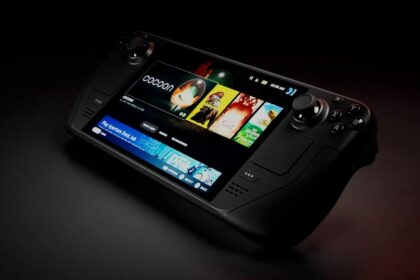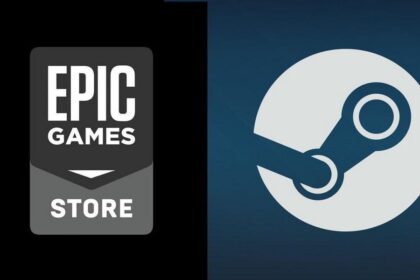Digital Foundry recently took a deep dive into Cyberpunk 2077 running on the upcoming Nintendo Switch 2—and the results are turning heads. According to their performance analysis, CD Projekt Red’s ambitious open-world title runs more smoothly on the new hybrid console than it does on last-gen systems like the PlayStation 4.
When compared directly to the PS4 version, the Switch 2 shows notable upgrades. In performance mode, the game runs at 1080p with a stable 40 FPS. Meanwhile, the quality mode targets 30 FPS while using DLSS (Deep Learning Super Sampling) to enhance visual clarity.
In terms of asset quality and textures, both the Switch 2 and PS4 use similar base files. However, Digital Foundry notes that on Nintendo’s system, these elements appear cleaner, more consistent, and less noisy, resulting in an overall more polished presentation.
While the PS4 version of Cyberpunk 2077 has improved since its rocky 2020 launch, it still carries the legacy of a troubled release. In contrast, the Switch 2 appears to benefit from ongoing optimizations, DLSS upscaling, and hardware-specific tuning, delivering a better and more stable experience out of the gate.
This analysis not only reflects how far the game has come but also highlights the potential of the Switch 2 as a serious contender for modern game performance in a portable form.
Cyberpunk 2077: Switch 2 or Xbox Series S?
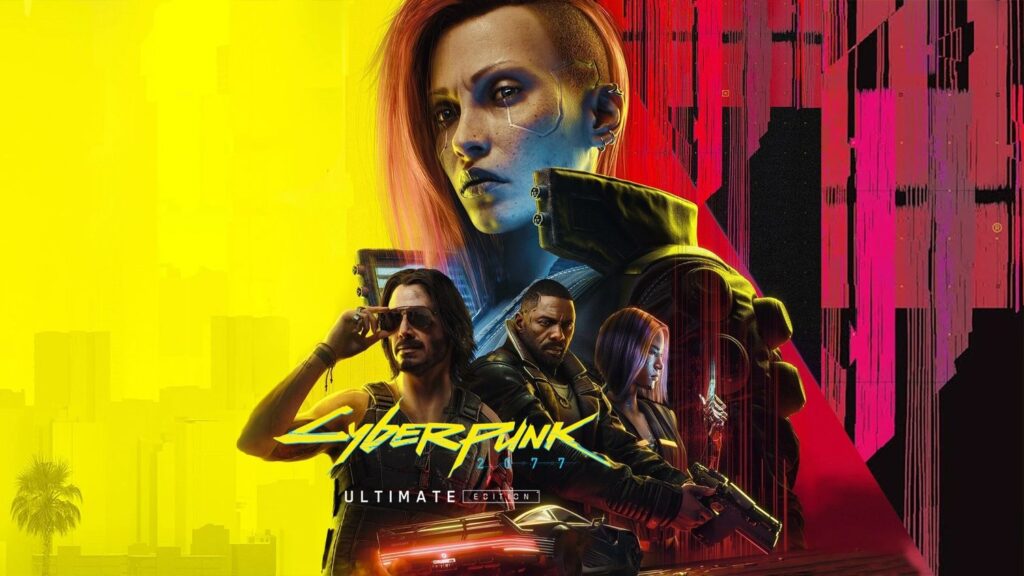
Digital Foundry’s latest technical breakdown reveals that Cyberpunk 2077 runs impressively well on the Nintendo Switch 2—even outperforming the Xbox Series S in certain visual aspects. However, the comparison comes with important context.
According to their analysis, the Switch 2 delivers sharper, more stable images than the Series S, particularly in scenes with minimal motion. This is largely credited to the use of NVIDIA’s DLSS upscaling, powered by the Ampere-based Tegra T239 chip. DLSS allows the Switch 2 to render at lower internal resolutions while delivering cleaner results through smart AI-driven upscaling.
On the other hand, the Xbox Series S relies on AMD’s FSR 2 technology, which—while effective—is not quite on par with NVIDIA’s DLSS in image quality. As a result, when Cyberpunk 2077 is in a more static state, the Switch 2’s visuals come off as more refined despite sharing similar core assets.
However, during fast-paced scenes or gameplay with significant movement, the tables turn. The Series S’s native 1440p output maintains a clearer image, whereas the Switch 2 (targeting 1080p) begins to show visual artifacts and resolution drops. These issues are compounded by the limitations of its ARM-based CPU, which struggles when memory streaming becomes intensive, especially if frame rates drop below 30 FPS.
Digital Foundry also noted that while the Switch 2 won’t match the raw power of the Series S, its overall performance shows strong potential. The fact that a title as demanding as Cyberpunk 2077 can run smoothly—albeit with occasional compromises—is a promising sign for more AAA ports heading to the platform.
Their primary concern lies with the portable mode. The Switch 2’s SoC is capped at just 10 watts of power while undocked, and the enhanced cooling system is only available in docked mode. This may limit the handheld experience for resource-heavy games and create thermal or performance challenges that docked play avoids.
In short, Cyberpunk 2077 on Switch 2 is a technical achievement. It may not match the raw specs of the Xbox Series S, but with smart upscaling and optimization, it delivers a confident step forward for portable gaming power, especially from Nintendo.

